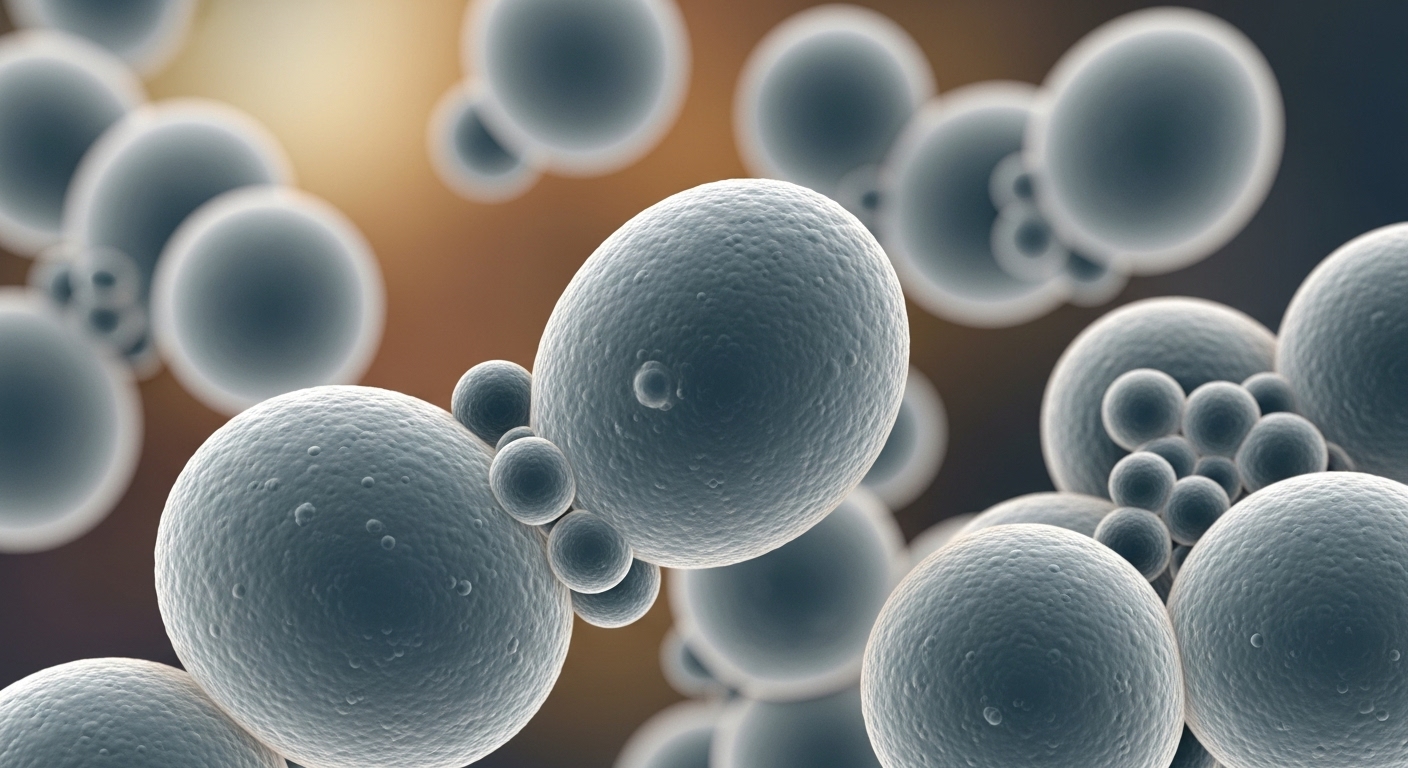Dr. Kumar’s Take
This meta‑analysis gives strong validation to what has been long understood in clinical practice: using S. boulardii for acute infectious diarrhoea in children cuts down the misery. Fewer loose stools and shorter illness duration. Though not perfect, it’s strong enough evidence that probiotic adjunct therapy should be considered in standard protocols for childhood gastroenteritis.
Key Takeaways
- Based on 5 randomized controlled trials with 619 children suffering acute infectious diarrhoea.
- On average, S. boulardii shortens diarrhoea duration by about 1.1 days compared to placebo or control.
- Greater proportion of children had resolved diarrhoea by days 3, 6, and 7 in the S. boulardii groups.
- Risk of diarrhoea lasting more than 7 days significantly reduced; Number Needed to Treat (NNT) about 5 in that subgroup.
- Safety: no major adverse effects reported; tolerability was good.
Actionable Tip
For children with acute infectious diarrhoea, start Saccharomyces boulardii (roughly 250 mg twice daily, depending on age and formulation) alongside standard care like rehydration. Expect illness duration shortened by about one day if used early.
Study Summary
This meta‑analysis reviewed randomized trials where children with acute infectious diarrhoea were treated with S. boulardii vs control. It aggregated results to estimate how much diarrhoea duration could be reduced, as well as other outcomes like risk of prolonged diarrhoea past 7 days.
Study Design
- Type: Meta‑analysis of randomized controlled trials
- Participants: 619 children total across 5 studies
- Interventions: S. boulardii added vs control (placebo or usual care)
- Outcomes measured: Duration of diarrhoea; risk of persistent diarrhoea past day 7; symptom resolution at various days (3, 6, 7)
- Analysis models: Both fixed‑effect and random‑effect meta‑analysis used to account for variability across studies
Results
- Duration of diarrhoea reduced by about 1.1 days on average in the S. boulardii group compared to control
- Higher proportion of children in treatment arms had diarrhoea resolved by days 3, 6, 7
- Large reduction in risk of diarrhoea lasting >7 days (in one trial subgroup)
- Good safety profile; no serious adverse effects identified
Biological Rationale
- S. boulardii’s yeast form is resistant to many antibiotics and disruptions, allowing it to maintain function when gut flora are under stress
- Likely mechanisms: inhibition of pathogen adherence, modulation of immune response, production of enzymes or factors that neutralize toxins, aiding mucosal recovery
- Shortening duration reduces exposure to dehydration risk and helps restore barrier function sooner
Strengths & Limits
Strengths:
- Combines multiple RCTs, increasing statistical power
- Good consistency in finding beneficial effect across different settings
- Clinically meaningful outcome (duration reduction) especially for children
Limitations:
- Some trials had methodological limitations (blinding, sample size)
- Heterogeneity in what “control care” meant across studies (some had only rehydration, others with additional therapies)
- Effect size modest; not a cure‑all but useful adjunct
Related Studies and Research
- Saccharomyces boulardii in the prevention of antibiotic‑associated diarrhoea: meta‑analysis
- Saccharomyces boulardii in the prevention of antibiotic‑associated diarrhoea in children: RCT
- SB + Amoxicillin‑Clavulanate Effects on Gut Microbiota (RCT)
- High‑Dose Vancomycin + SB for Recurrent C. difficile
- 🎙️ Saccharomyces boulardii Explained – Podcast Episode
FAQ
How early in the course of diarrhoea should S. boulardii be started?
Earlier seems better: starting as soon as possible with onset increases chance of reducing duration meaningfully.
Will this work for all causes of diarrhoea (viral, bacterial, etc.)?
The meta‑analysis included mixed etiologies (viral, bacterial, unspecified), and benefit was seen across types, though individual trial results may vary.
Is the dosage well established?
There was variation; typical dose in studies was around 250‑500 mg, usually once or twice daily, for 3–5 days. For children, I generally recommend 250 mg twice daily as a standard dose.
Bottom Line
In otherwise healthy children with acute infectious diarrhoea, S. boulardii provides a moderate but meaningful shortening of illness: about one extra day saved, lower chance of persisting diarrhoea beyond 7 days, and good safety. It should be considered part of standard adjunctive treatment along with rehydration.


